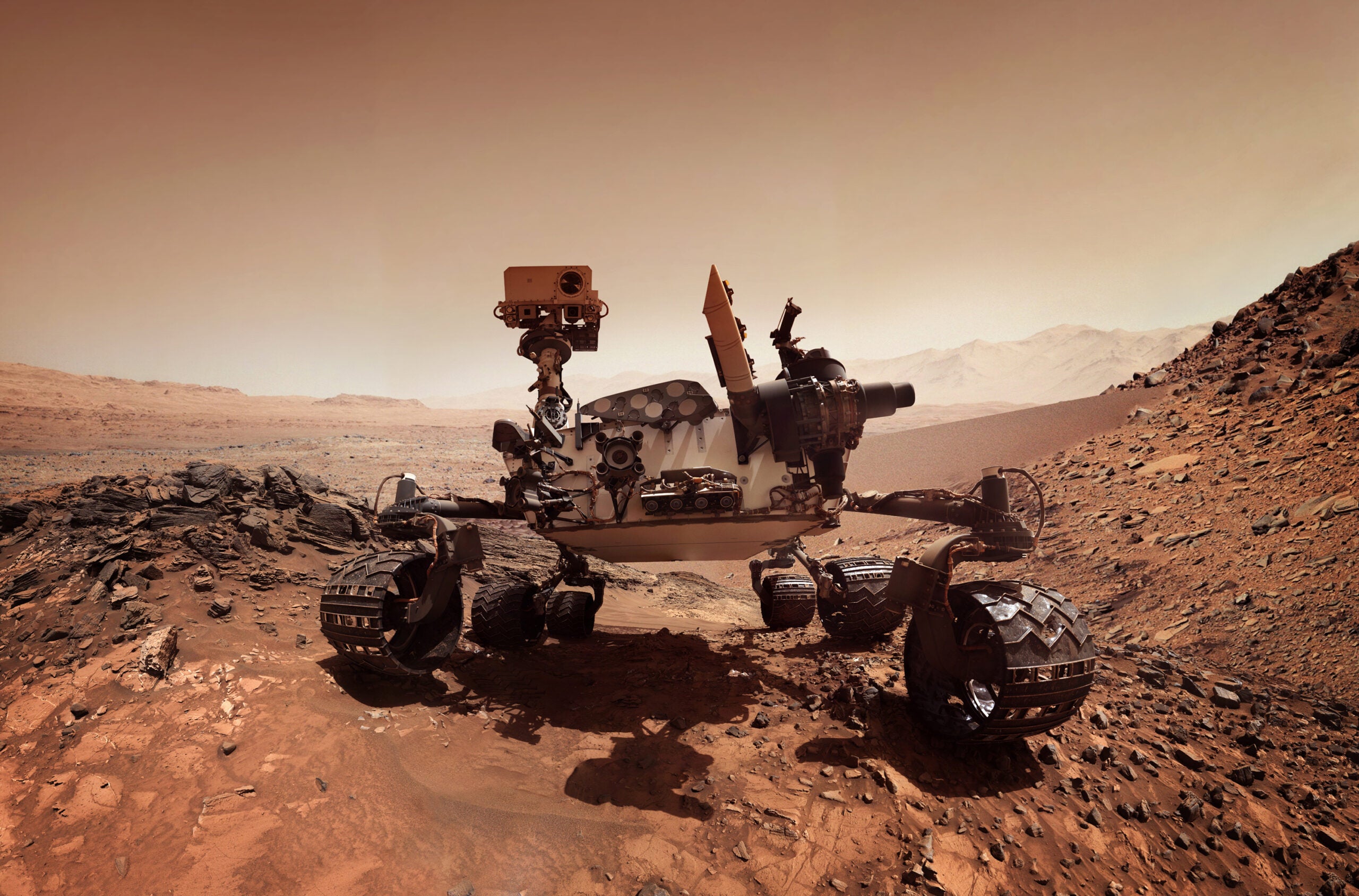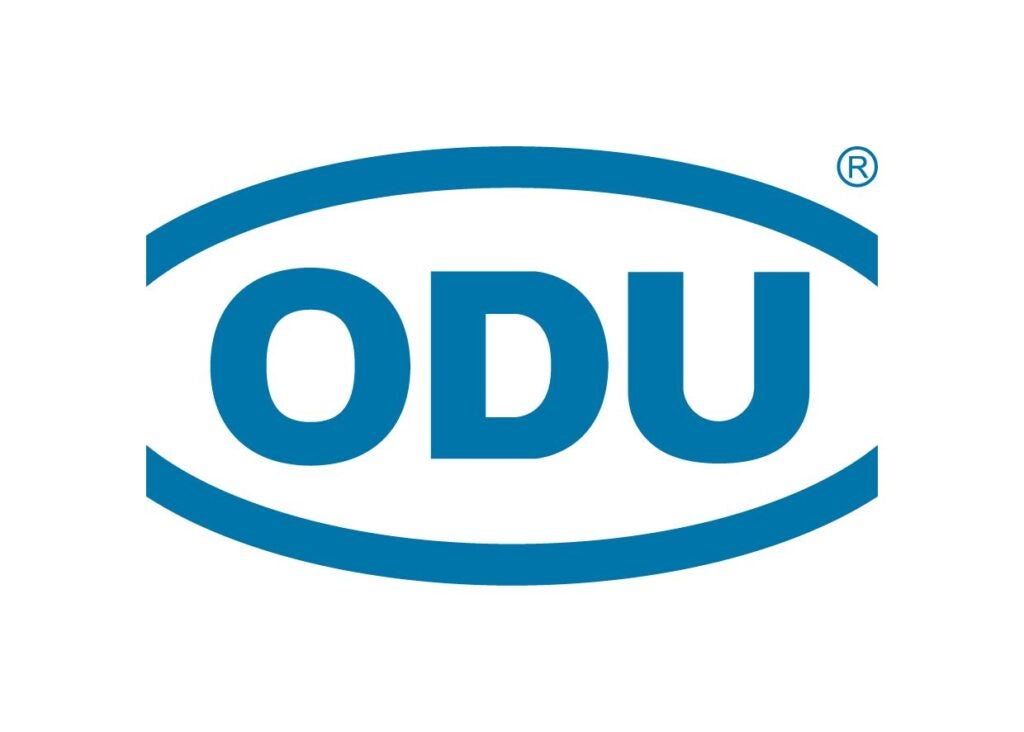
Armed forces around the world are beginning to integrate robotic and autonomous military systems and electric vehicles into their operations. Once a vision of the future, these technologies have now become reality in international conflicts and deployments. Armies and other emergency forces will increasingly use RAS, for example, for disaster control and explosive ordnance disposal. Unmanned, computer-controlled vehicles can provide situational awareness or assistance in remote regions. Already, RAS are being deployed for border surveillance and to provide support in hostile environments, particularly in extreme climatic conditions or in response to heightened military threats. A wide range of sensors and systems are used to survey and reconnoiter entire areas, thus facilitating the mission. These systems can help emergency responders perform tasks more safely and efficiently. Typical application areas include cargo mules for transporting supplies, medical evacuations, and remote-controlled combat systems. These unmanned ground vehicles must be able to detect obstacles and people so that hazards can be eliminated.
Armies must rely on innovations and cutting-edge technologies of this kind to eliminate the need for “boots on the ground”. However, this also entails a risk that should not be underestimated. The lack of personnel in the field means that certain processes must be redesigned. In the event of a system failure, service or maintenance personnel may be unable to enter the area of operations directly due to a hazardous situation. Therefore, the interfaces to the different situational awareness systems or drive technologies must be designed in a way that guarantees maximum reliability – even under the most adverse environmental conditions and when subjected to extreme vibrations. In areas where a decision must be made by humans, it must be possible to flexibly switch over to a remote drive-by-wire or follow-me function, depending on the system. The latter is only possible by coupling 360° all-round-vision cameras and infrared and laser technology to the integrated soldier systems.
Interfaces must therefore be developed to match the respective applications and connect the deployed systems in a fail-safe manner. Highly robust, reliable, and application-specific connector systems and cable assemblies are required to transmit mission-critical data.
Robust under high loads and extreme temperatures, resistant to dust, water and vibrations – this is what ODU connector systems stand for. Optimized for demanding applications and transmission reliability even under the most technically challenging environmental conditions – as successfully demonstrated in projects such as the Colossus firefighting robot and the Mars rover. We were able to meet the extremely demanding requirements with regard to high-speed data technology and high-frequency transmissions thanks to our expertise in the field of Dismounted Soldier Systems (DSS) as well as our in-depth understanding of the operational and environmental conditions to which both user and device are exposed.
ODU connectors for military, security, and communication applications provide a high level of signal integrity thanks to 360° shielding. Different transfer protocols (USB/HDMI/Displayport) ensure high-speed data transmissions that are also protected against access by third parties and standard interfaces. Pin-and-groove coding and color coding provide extra support in extreme situations and prevent incorrect mating. Even in the smallest installation space, different transmission variants can be individually configured. The rugged ODU housings are waterproof up to IP6K9K, non-reflective, and available with various connection types and locking mechanisms.

